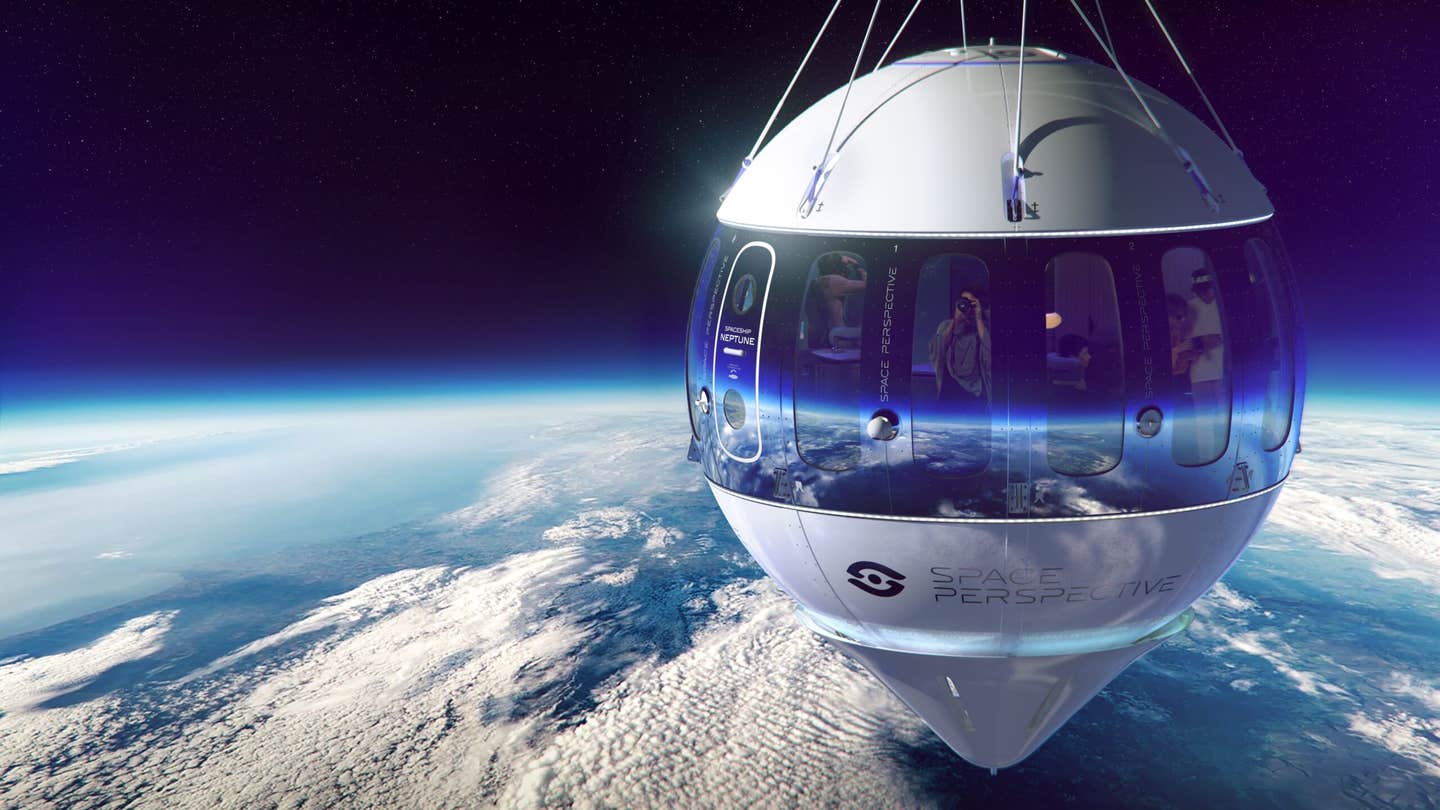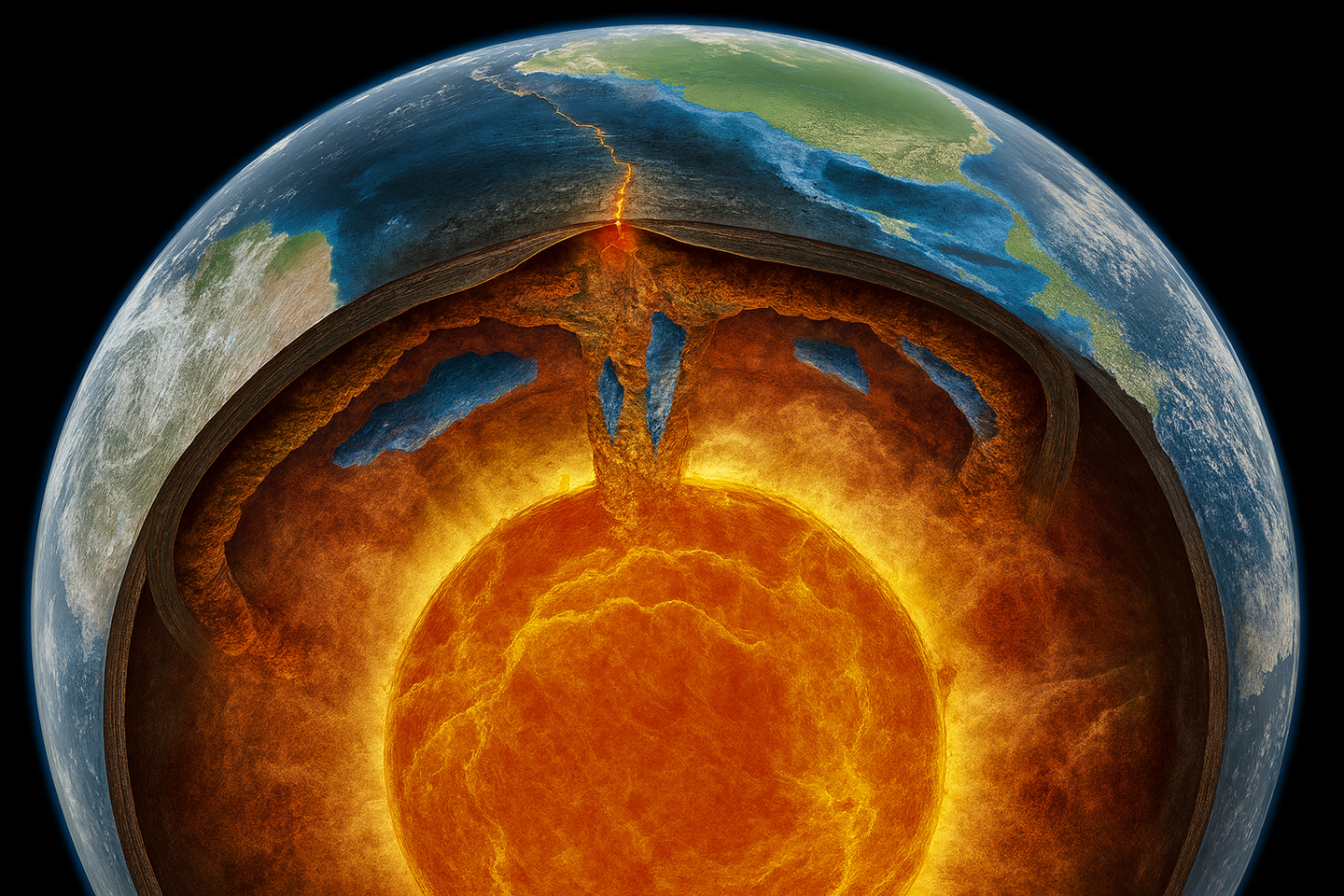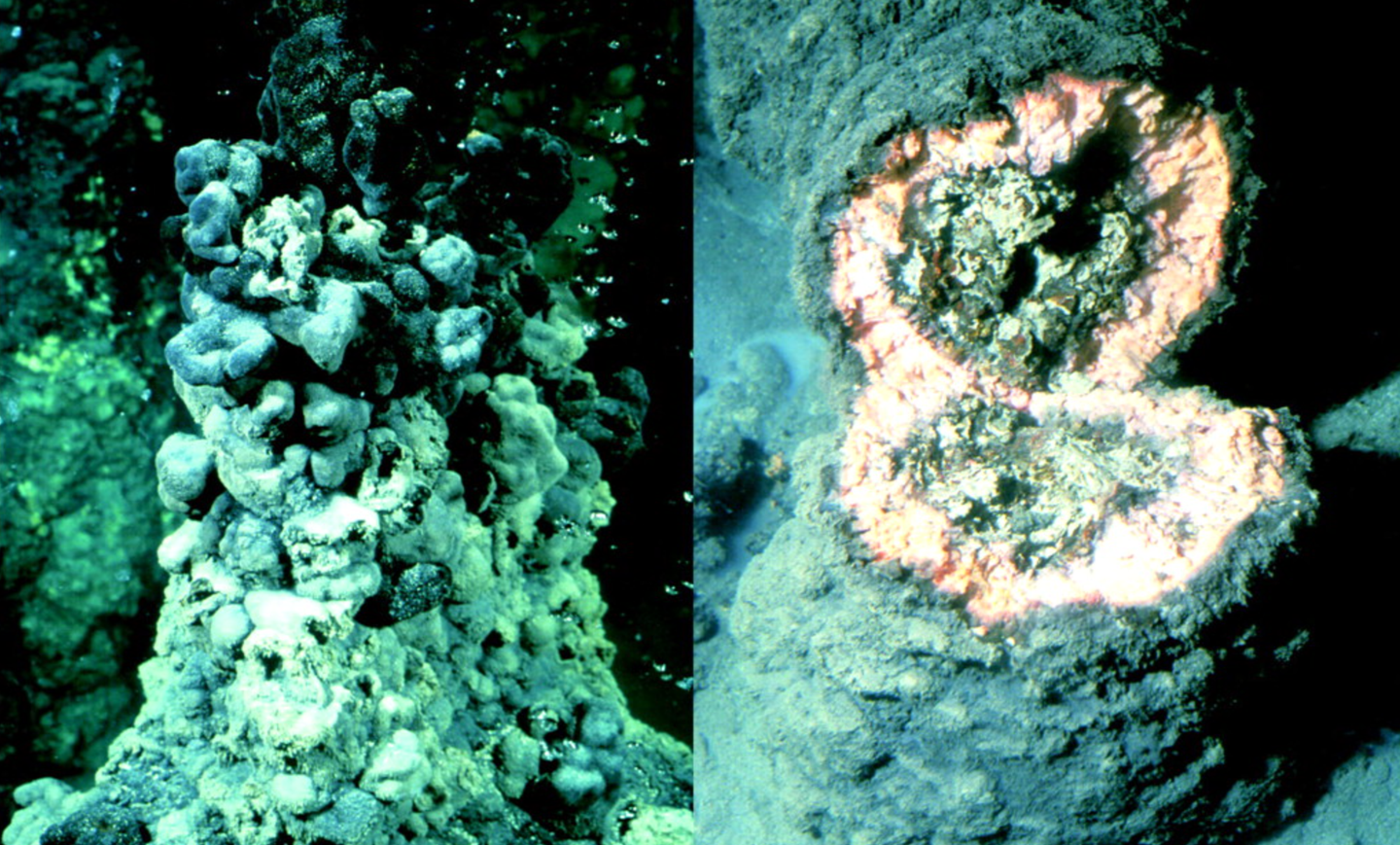Revolutionizing Space Travel: Florida-Based Company Plans Rocket Fuel-Free Space Flight
Luxury travel venture, Space Perspective, is charting a new course for space tourism that promises to leave no carbon footprint behind.

[Dec. 13, 2023: JD Shavit, The Brighter Side of News]
Propelled by a SpaceBalloon™ - a technology used for decades by the likes of NASA - Spaceship Neptune is the first carbon-neutral way to travel to space. (CREDIT: Space Perspective)
In an era where climate change concerns are at the forefront of global discourse, the environmental impact of space exploration has come under scrutiny. Traditional fuel-driven rockets used to propel astronauts and satellites into space are notorious for their significant carbon footprint.
However, a pioneering luxury travel venture, Space Perspective, is charting a new course for space tourism that promises to leave no carbon footprint behind. The innovative approach? Swapping rockets for balloons.
A Ballooning Adventure Beyond the Stars
Based in Florida, Space Perspective has unveiled a groundbreaking concept known as Spaceship Neptune. At the heart of this concept is the "SpaceBalloon," an impressive structure made from over 18 million cubic feet of temperature-resistant material, standing a towering 700 feet tall when ready for liftoff.
Related Stories
Accompanying this towering balloon is the Reserve Descent System, a fail-safe mechanism consisting of four parachutes designed to ensure the safe return of crew and passengers in the event of SpaceBalloon failure. To round off the space voyage in style, Space Perspective offers the Neptune Capsule, a luxurious haven for both crew and passengers.
One distinctive feature sets Spaceship Neptune apart from traditional spacecraft: the human carrier capsule remains attached to the SpaceBalloon throughout the entire journey, from liftoff to splashdown. This deviation from the norm not only enhances the passenger experience but also contributes to the venture's environmental sustainability.
Jane Poynter, the CEO and co-founder of Space Perspective, emphasizes the profound impact of viewing Earth from space on astronauts' perspectives. She explains, "The entire company is predicated on this insight from astronauts that seeing Earth from the blackness of space changes you in a profound way." After returning from space missions, many astronauts report feeling compelled to address environmental and societal issues. Their transformative experiences have spurred them to engage in environmental causes, striving for the betterment of our planet.
Space Perspective reveals design for "world's first" space lounge. (CREDIT: Space Perspective)
The passenger experience with Space Perspective begins at the Kennedy Space Center in Merritt City, Florida. Here, travelers embark on a tour and receive a security briefing, traveling between stations in the ultra-luxury, all-electric Mercedes-Maybach EQS-680. Then, the more than six-hour journey takes passengers to approximately 100,000 feet above the Earth's surface—an altitude that places them beyond 99% of the Earth's atmosphere.
Unlike traditional space tourism offerings that provide mere minutes in space after launch, Space Perspective's extended balloon journey offers onboard travelers the opportunity to contemplate the universe while enjoying a bespoke luxury experience. Passengers can savor cocktails while staying connected with friends on Earth through high-speed Wi-Fi.
External viewpoint within the "world's first" space lounge. (CREDIT: Space Perspective)
"We needed to create an experience that was as accessible and sustainable as possible," says Poynter. "One day we had the epiphany that two extremely well-established and understood technologies—a pressurized capsule like an airplane and balloons, which have been flown by the likes of NASA for decades without incident—could be combined to create a transformative and safe spaceflight experience. No rockets. No G-forces. Just a gentle six-hour journey to space at cycling speed with time to take in incredible views and contemplate the world below."
A New Era of Space Travel
Space Perspective's craft launch from and return to the Marine Spaceport Voyager—a remarkable 294-foot sea-going vessel that serves as the first in a planned fleet of mobile spaceports. These mobile spaceports can sail to locations worldwide, marking Space Perspective as the first global space travel experience company.
The Spaceship Neptune craft rises more than twice as high as commercial airliners, and travels at that maximum altitude for 2 hours. (CREDIT: Space Perspective)
One notable aspect of Space Perspective's mission is its commitment to making space tourism more accessible. The current reservation cost for future Space Perspective flights stands at US$125,000, significantly lower than the prices of services offered by competitors such as Virgin Galactic, which can cost as much as US$450,000. By offering a lower price point, Space Perspective aims to attract a wider range of customers to the launchpad, creating a larger pool of inspired eco-activists.
"We anticipate that our Explorers will experience something on our flights that will move them toward [climate] action," Poynter adds. "We want to be prepared to educate them about organizations that need their support and are doing hard work every day to preserve natural land and ecosystems, including the marine environment."
"SpaceBalloon," an impressive structure made from over 18 million cubic feet of temperature-resistant material, standing a towering 700 feet tall when in flight. (CREDIT: Space Perspective)
Space Perspective acknowledges the environmental challenges posed by its operations. The primary drivers of the company's carbon output are airplane flights to and from launch sites, energy consumption for building operations, and the launch vessel's activities at sea. While the Marine Spaceport Voyager uses 20% biofuel, operating a nearly 300-foot ship at sea remains a challenge in achieving carbon neutrality. To mitigate its considerable carbon footprint, Space Perspective collaborates with partners such as Cool Effects and Evertreen.
"We are working with partners like Cool Effects and Evertreen to help us achieve our goals," says Poynter. "We recognize that offsets are an imperfect tool, so we use blue carbon offsets such as mangrove plantings that also protect shorelines, create fish habitats, and clean our waterways. We are exploring some promising NGO partnerships, which are important to us in terms of creating force multipliers for positive impact."
Space Perspective space lounge design provides 360 degree view of space. (CREDIT: Space Perspective)
Furthermore, Poynter highlights the company's continuous efforts to identify areas where operational transformations can reduce carbon output. They are committed to transparency regarding these efforts and their results.
The Space Perspective team is also exploring ways to upcycle the materials used in their SpaceBalloons. While all other components of Spaceship Neptune are designed to be reused, finding innovative ways to upcycle the balloon material remains a priority.
What Lies Ahead?
Space Perspective initiated test flights in 2021, successfully reaching an altitude of 100,000 feet. These tests will continue into early 2024, with crewed test flights planned for the same year. Commercial flights could commence as soon as 2024, but more likely in early 2025. The company remains committed to achieving each milestone and prioritizing safety.
As we look to the stars, it's reassuring to see that the future of space tourism may be both awe-inspiring and eco-friendly.
Note: Materials provided above by the The Brighter Side of News. Content may be edited for style and length.
Like these kind of feel good stories? Get the Brighter Side of News' newsletter.



